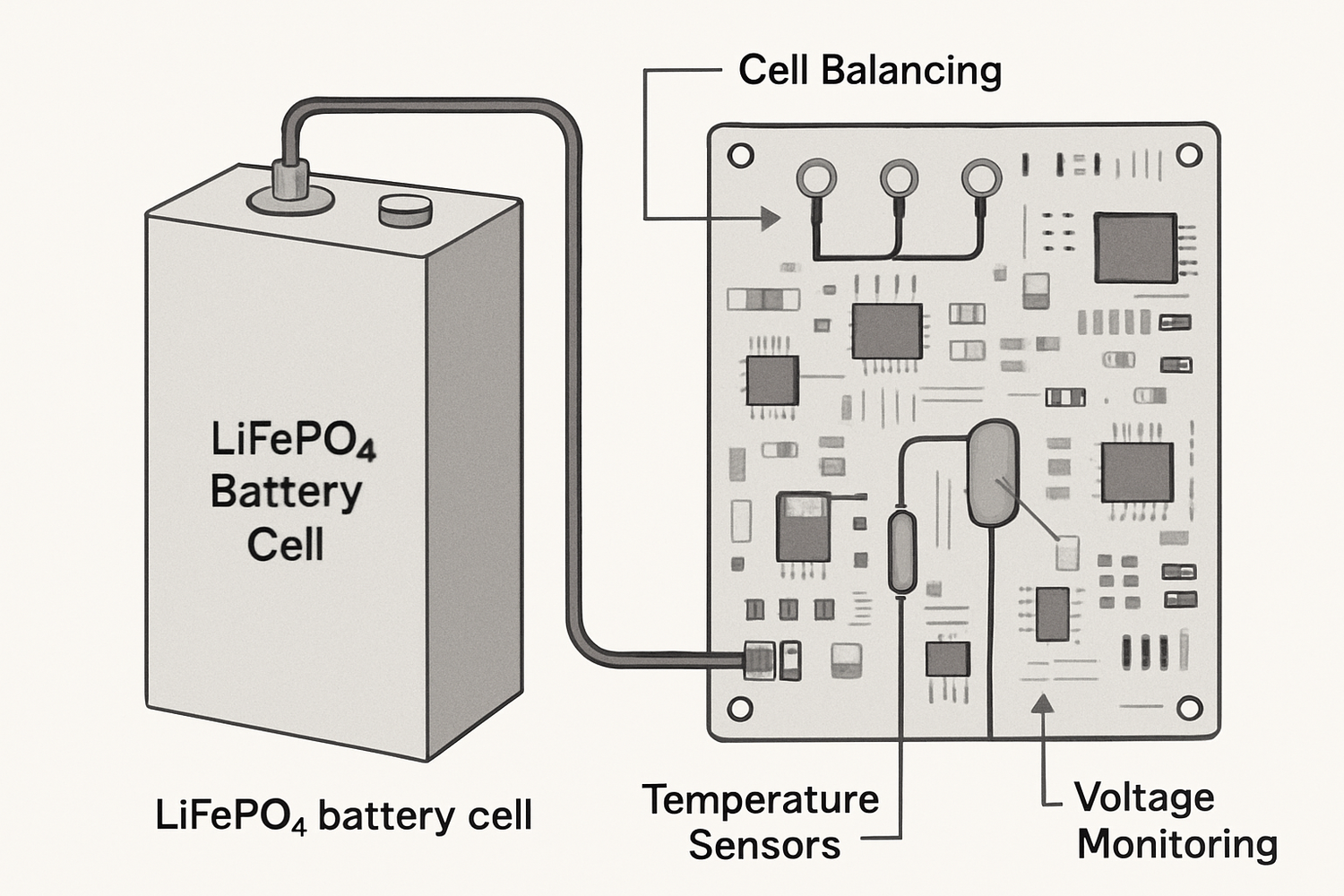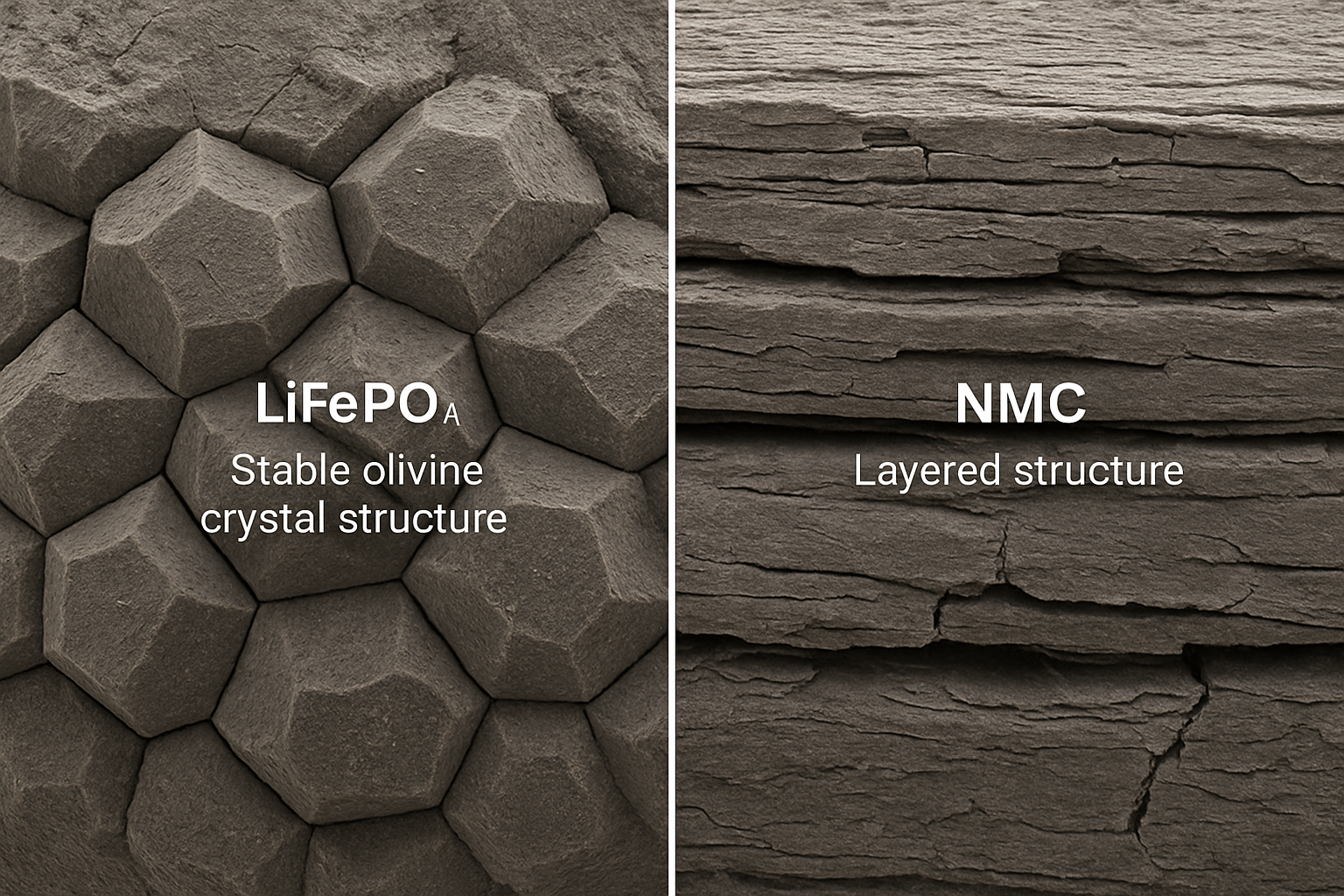Lithium iron phosphate (LiFePO4) batteries represent a significant investment in long-term, reliable energy storage. Their inherent safety and long cycle life make them a premier choice for everything from home energy storage systems to off-grid applications. However, achieving a truly exceptional operational life requires more than relying on the manufacturer's cycle count rating. A holistic approach to care and operation can help you extend your battery's lifespan, ensuring you get the maximum return on your investment.
Foundational Principles of LiFePO4 Longevity
Understanding what influences a battery's health is the first step toward maximizing it. Lifespan is not determined by a single factor but by a combination of usage patterns, environmental conditions, and protective measures.
Beyond the Cycle Count: What Really Defines Lifespan?
A battery's advertised cycle life, such as 4,000 cycles, is typically measured under controlled laboratory conditions. Real-world performance is also governed by calendar life—the total time until the battery is no longer usable, regardless of cycles. Factors like prolonged exposure to high temperatures can degrade a battery even when it's not in use. According to a long-term aging study, both temperature and State of Charge (SOC) levels significantly impact calendar aging, with higher temperatures accelerating capacity fade. The true lifespan of your battery will be a product of both how you use it (cycling) and how you treat it over time (calendar aging).
The 'Big Three' Degradation Factors
Three primary operational factors dictate how quickly a LiFePO4 battery degrades: Depth of Discharge (DoD), temperature, and C-rate (the speed of charging or discharging). While C-rate is important, DoD and temperature have the most pronounced daily impact. A lower DoD means less strain on the battery's components. For example, consistently discharging to only 50% can yield thousands more cycles than regularly discharging to 80% or 90%. The ideal operating temperature is between 20°C and 25°C (68°F to 77°F), as performance can be affected by extreme heat or cold.
| Depth of Discharge (DoD) | Estimated Cycle Life |
|---|---|
| 100% | ~3,000+ cycles |
| 80% | ~6,000+ cycles |
| 50% | ~8,000+ cycles |
Strategic Charging and Discharging Practices
Your daily charging and discharging habits have a direct and cumulative effect on battery health. Adopting intelligent routines can dramatically slow the natural degradation process.
The Optimal Charging Protocol
Using a charger specifically designed for LiFePO4 chemistry is non-negotiable. These chargers use a CC/CV (Constant Current/Constant Voltage) profile that is tailored to the battery's needs. Unlike lead-acid batteries, LiFePO4 batteries do not require a 'float' charge. Holding them at a high voltage (like 14.6V) for extended periods after they are full can stress the cells. A quality charger will stop the charging process completely once the battery is full. Overcharging, even slightly, can accelerate degradation and poses safety risks.
Intelligent Discharging for Maximum Durability
To maximize lifespan, it is beneficial to operate the battery within an optimal State of Charge (SoC) window, for instance, between 20% and 80%. This practice avoids the chemical and physical stress placed on the battery components at very high or very low states of charge. Consistently deep-discharging the battery to its low-voltage cutoff will shorten its life more quickly than shallower cycles. A deeper look at solar storage performance shows that system design plays a crucial role in managing these discharge patterns effectively, ensuring the battery operates within its ideal parameters.
The Crucial Role of the Battery Management System (BMS)
The Battery Management System (BMS) is the unsung hero of battery longevity. It is an electronic circuit board that acts as the battery's brain, protecting it from operational threats that could cause premature failure.
Your Battery's First Line of Defense
At its core, a BMS provides four essential protections: over-voltage (preventing overcharging), under-voltage (preventing over-discharging), over-current, and short-circuit protection. Without these safeguards, a simple operational error could lead to irreversible damage. The U.S. Environmental Protection Agency highlights that a quality BMS is a key component in the overall safety and design of battery energy storage systems.
Advanced BMS Functions for Longevity
A high-quality BMS does more than just basic protection. It also performs cell balancing, which is vital in a multi-cell battery pack. Tiny differences between cells can cause them to drift apart in voltage over time. The BMS corrects this by ensuring all cells are at an equal state of charge, which maximizes usable capacity and prevents individual cells from being over-stressed. Many advanced BMS units also include temperature sensors to prevent charging or discharging in extreme conditions, directly contributing to a longer and safer operational life.
Environmental and Storage Considerations
Where you store and operate your battery is just as important as how you use it. Managing the battery's environment, especially when it's not in use, is a key part of a comprehensive care strategy.
Mastering the Thermal Environment
Temperature is a primary driver of battery degradation. High temperatures accelerate the chemical reactions inside the battery, leading to faster capacity loss and increased internal resistance. Conversely, charging a LiFePO4 battery below freezing (0°C or 32°F) can cause lithium plating, a form of irreversible damage. The U.S. Department of Energy emphasizes that proper storage practices, which include temperature management, are critical for maintaining battery health. Storing and operating the battery in a cool, stable environment is one of the most effective ways to preserve its longevity.
Best Practices for Long-Term Storage
If you need to store your battery for several months, following a few simple rules can make a huge difference. It is best to store LiFePO4 batteries at a State of Charge of around 50-70%. Storing a battery at 100% SoC puts stress on its components, while storing it near empty risks over-discharging as it self-discharges slowly over time. Before storage, disconnect all loads to prevent gradual draining. Store it in a cool, dry place and check its voltage every 3-6 months to ensure it remains within a healthy range.
A Holistic View on Battery Health
Maximizing the lifespan of your LiFePO4 battery is not about a single trick but a sustained, holistic approach. By combining strategic charging and discharging, leveraging the protections of a quality BMS, and controlling the battery's operating environment, you can significantly extend its service life. These practices protect your investment and ensure your energy storage system delivers reliable power for many years.
Frequently Asked Questions
What is the single most important factor for LiFePO4 battery lifespan?
While there isn't one single factor, managing the Depth of Discharge (DoD) has a very direct and significant impact. Consistently using shallower discharge cycles (e.g., 50% DoD instead of 80%) can dramatically increase the number of cycles the battery can provide.
Can I use a lead-acid battery charger for my LiFePO4 battery?
It is strongly discouraged. Lead-acid chargers have different charging profiles, often with equalization or long float stages that can overcharge and damage LiFePO4 cells. Always use a charger specifically designed for the LiFePO4 chemistry to ensure safety and longevity.
How does the BMS contribute to a longer life?
A Battery Management System (BMS) is critical. It prevents the most common causes of premature failure, such as overcharging, over-discharging, and operating in extreme temperatures. Its cell balancing function also ensures all cells in the pack age evenly, maintaining usable capacity for longer.





Leave a comment
All comments are moderated before being published.
This site is protected by hCaptcha and the hCaptcha Privacy Policy and Terms of Service apply.